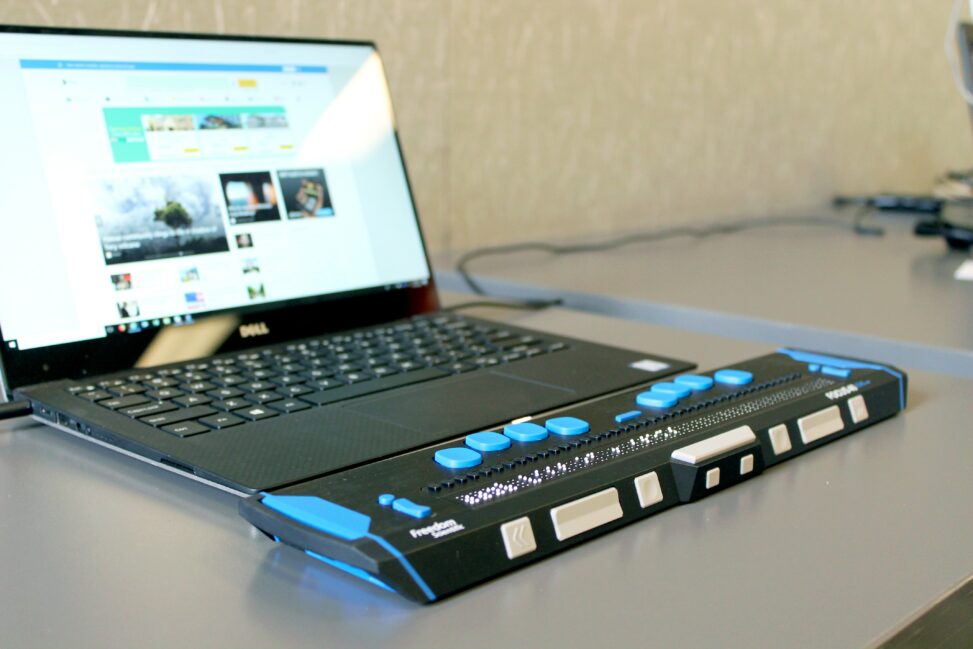On Tuesday, November 16th, we were joined by Tracy Humphries from BCEdAccess to talk about accessible learning, and the role technology plays in that. Many barriers to using technology for accessible learning are outside of my control, like the cost of the assistive device, or assessments of whether a student “needs” an accomodation or not. What is fully in my power is to be an excellent role model and to make the classroom a welcome place for students, whether they have a disability or not.
The conversation around equality and equity is one that I’ve paid particularly close attention to since arriving in Victoria. The question isn’t how we can give each student the same supports, but how we can give students the same opportunity for personal growth and development. I always think back to this graphic:

Equity is the name of the game here, ensuring that all can see, not that all are equally boosted. The third image, relating to the systemic barrier, doesn’t initially seem like it relates to accessible technology and student disability; I cannot myself remove the systemic barriers that a student on the autism spectrum (for example) will face. What I can do is have an active part in helping to decrease the barriers between them and their fellow students, or between their learning needs and my methods of teaching.
I want to consciously and actively model compassion for others, and appreciation for the wonderful things each person brings to the world around them. There are far more reasons to be kind and inclusive than to be mean or, sometimes worse, indifferent. I also want to make my students understand that they are not competing with one another, but with themselves, in a bid to learn and grow and be as happy as they can be in the world, without being happy at the expense of others. We have the awareness and knowledge and kindness now to enable people with disabilities and accessibility issues to flourish like never before, and all we’re missing is a bit more effort on educators’ and others’ parts to make it happen. Here’s to changing minds and changing lives.
Photo by Elizabeth Woolner on Unsplash

Leave a Reply
You must be logged in to post a comment.